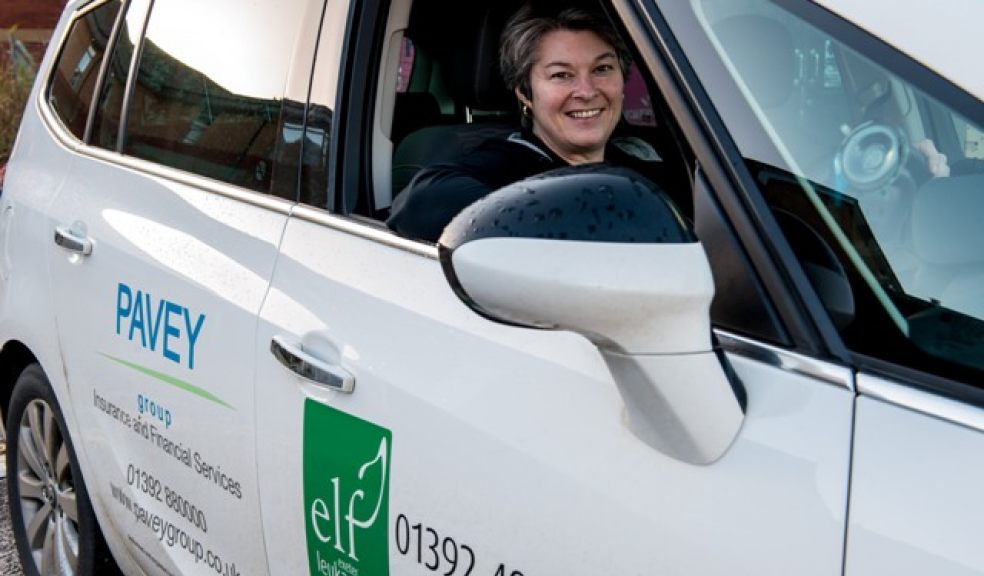
Creating a competitive edge with charity relationships
By aligning consumer needs with community involvement businesses can build customer loyalty and strengthen their commercial edge, says ALISON UPTON, a fundraiser with Exeter Leukaemia Fund
In a 2013 survey from Forresters, 82% of responders said that when choosing between two companies offering product and services for the same price, their decision would be affected by whether a company engaged with charities and its local community.
Whatever your size, the benefits of supporting a charity as part of your corporate social responsibility include:
• Enhance your reputation and create better PR. Partnering with good causes aligns your brand with the cause values, and sharing stories about the relationship makes for interesting reading to stakeholders. It shows you are compassionate, dedicated and this will enhance any business award application.
• Strengthens employee relations. Engaging employees with charitable giving in the workplace can increase their loyalty to the business. A survey of BT employees who supported Sport Relief 2012 found that “100% thought it was a charity worthy of BT’s support, 94% said that they were proud to work for BT, 99% want to stay personally involved and 81% said it had helped them develop new skills”.
• Enhances team building and supports innovation. When raising money together, employees can work across teams, sites and departments to achieve a shared goal. It creates a great sense of unity and encourages communication flow on an informal level.
• Networking opportunities. Charities generally want to form a mutually beneficial partnership and will happily introduce you to their network. Charity events often break the ice with potential clients because of the shared goal you are working to.
Locally, Geoff Gale, Director of Pavey Group, explains: “Supporting a local charity is very important to us, particularly if the service provided benefits those living in Devon such as Exeter Leukaemia Fund’s Community Transport Programme.
“Whilst there are PR benefits for businesses, it is important to remember these relationships are very important to our staff, who have a real sense of pride in being associated with worthy causes that make such a difference. It also creates a focus for team charity fundraising events.”
This month, Exeter Leukaemia Fund (ELF) is launching the Chevithorne Appeal to build a family suite within the Haematology Ward at the Royal Devon and Exeter Hospital (RD&E). This facility will enable terminally ill patients to stay together with their families in comfort and privacy during critically ill times or during last days of life whilst still receiving the tailored medical support they require.
ELF is actively looking to create lasting partnerships with local companies to achieve the charity’s goals for the build and, with a range fantastic corporate partnership packages, being a Chevithorne Appeal partner could reap rewards in terms of brand awareness, team building and networking opportunities.
For more information about ELF’s Chevithorne Appeal, visit www.elfcharity.org.uk.
Eight essential tips for making the most of a charity partnership:
• Choose a charity that you believe in as a staff team.
• Lead from the top; employees are more likely to support a cause if their boss has asked them to do so.
• Appoint a project lead and committee to help spread the task of selecting and working with the charity.
• Be clear from the start what both parties are hoping to achieve. Put an agreement in place with any sponsorship deals.
• Communicate with the charity partner. This is how you can make the most of each other’s activities.
• If you are sponsoring an event, choose one in which your target market is likely to participate.
• Simple ideas often work best – cake sales, raffles, quiz nights and sweepstakes are easy to organise, inclusive and have an easy fundraising mechanism.
• Match fund any money that employees raise to create fantastic motivation and show stakeholders that you are behind the partnership.

















